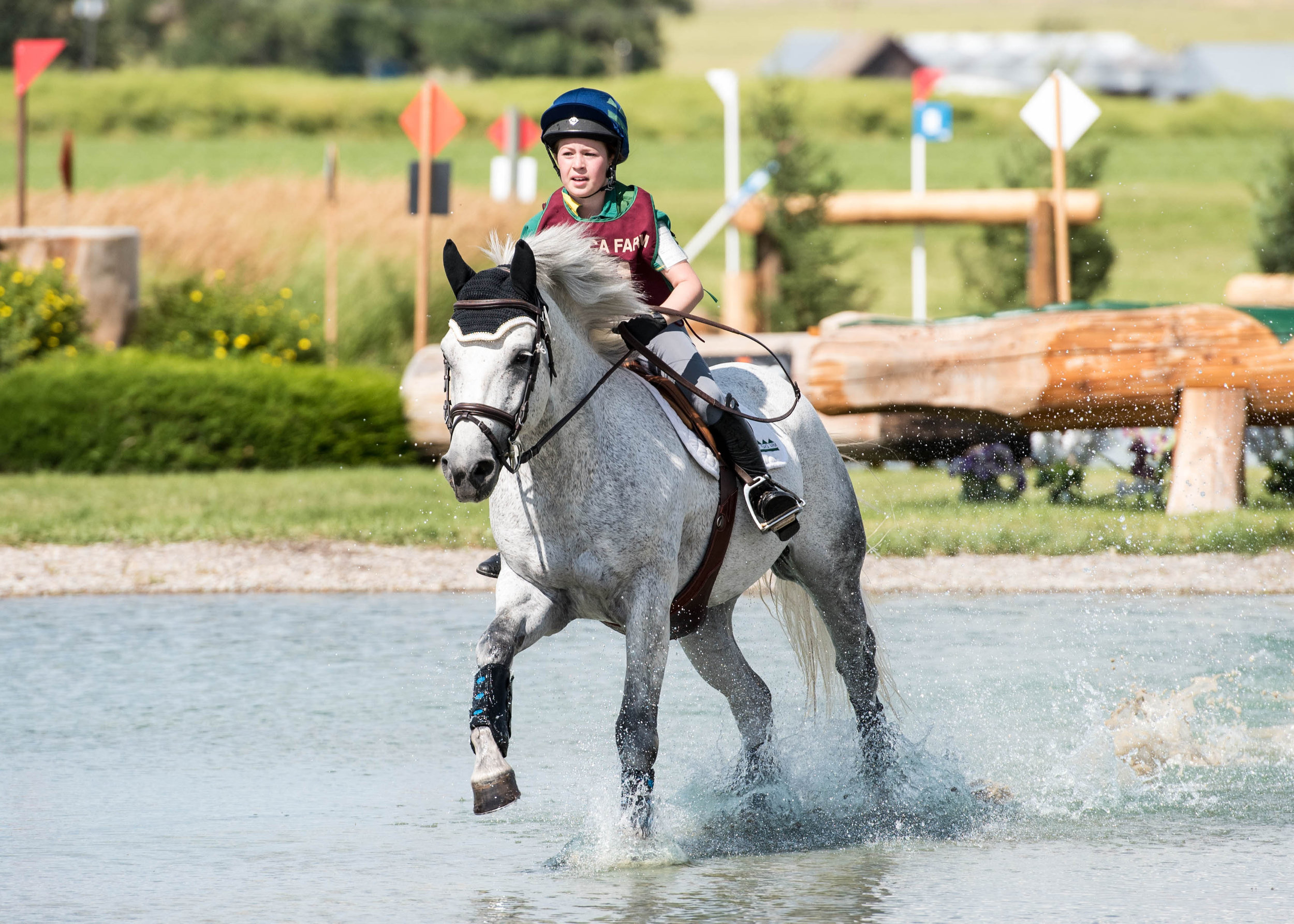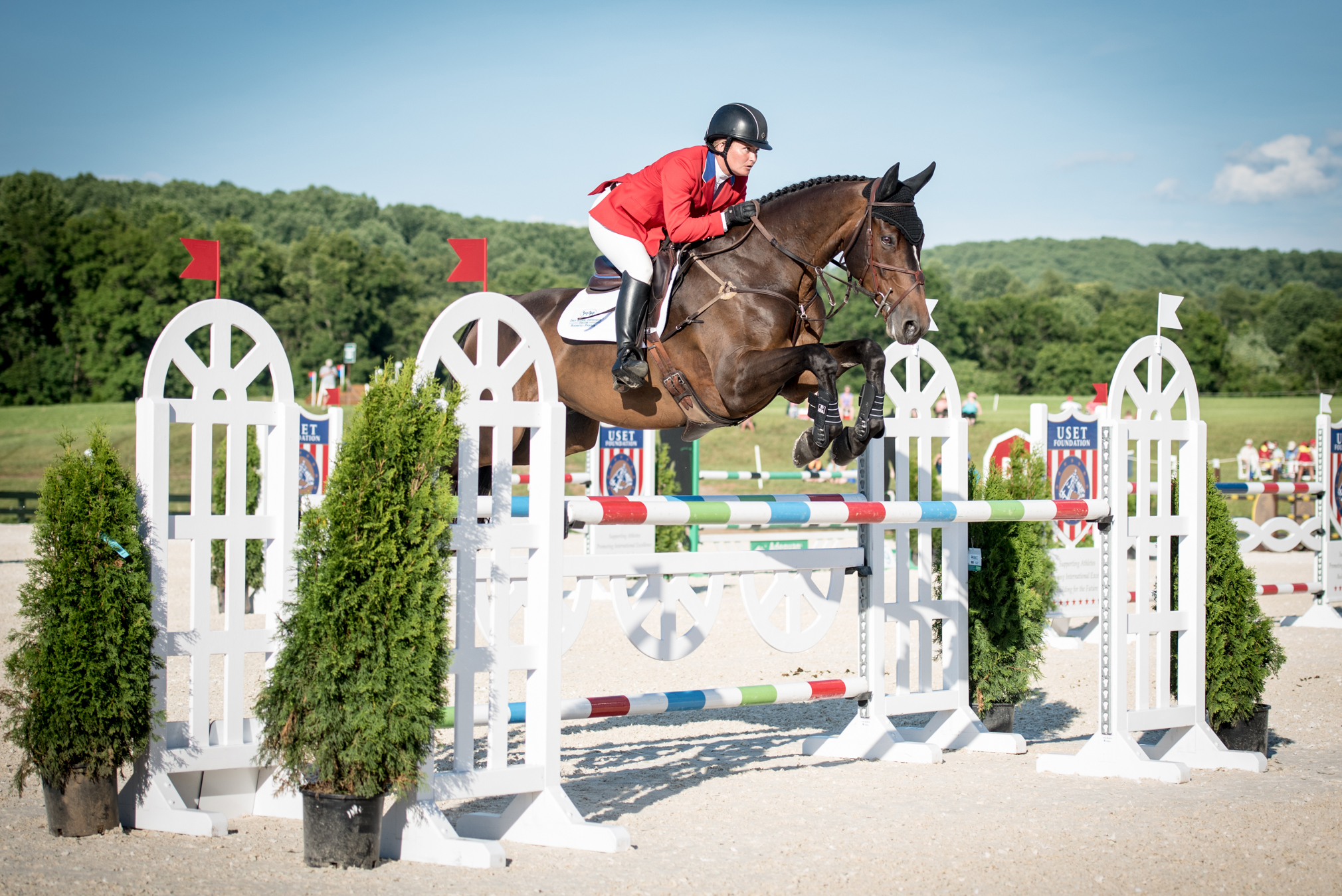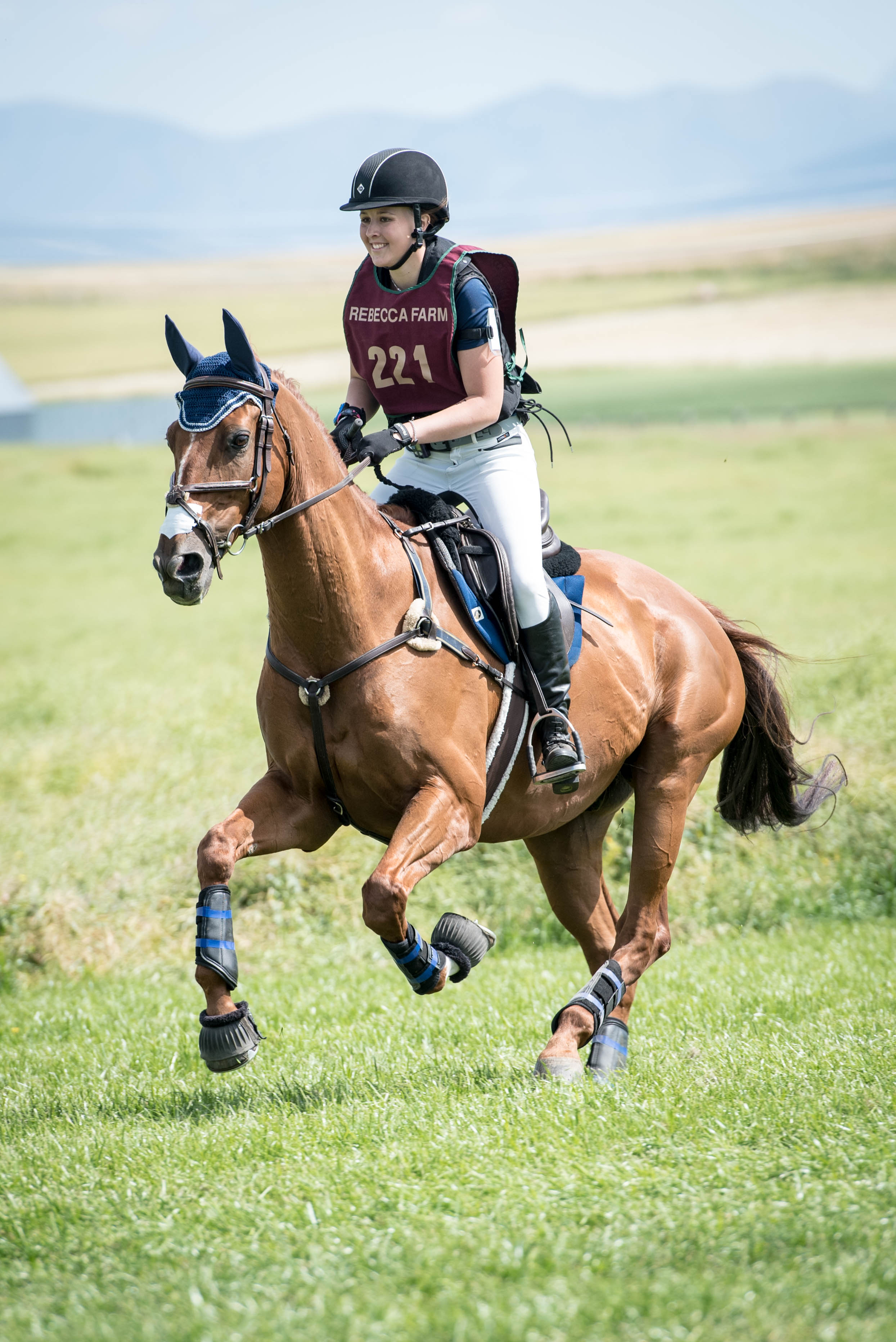What Is Eventing?
Eventing is best described as an equestrian triathlon. The sport originated as a cavalry test and is comprised of three phases: dressage, cross-country, and show jumping. Eventing tests horse and rider pairs more completely than any other.
The first phase - dressage - shows the graceful partnership of horse and rider through a sequence of movements on the flat. The next phase - cross-country – challenges the pair’s bravery, fitness, and determination as combinations navigate a series of solid obstacles and varied terrain. In the final phase - show jumping - pairs must again prove their precision as they clear a course of delicate fences. Competitors accumulate penalty points in each phase, and at the end of the event, the pair with the lowest score takes home top honors.
Held over one, two, or three days, eventing is one of the few Olympic sports where men and women compete alongside one another as equals.
Keep scrolling to learn more.















